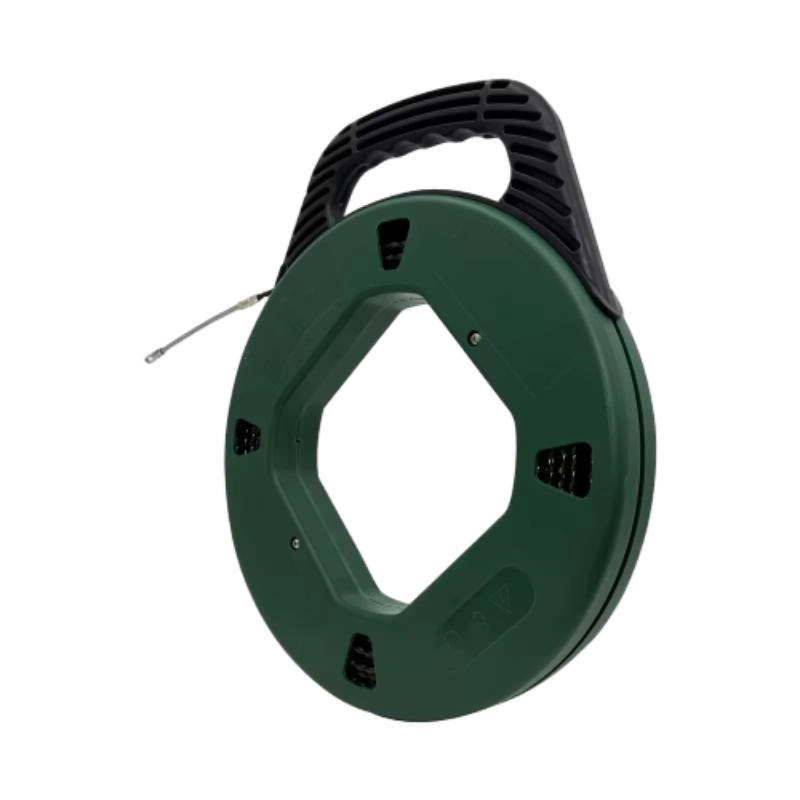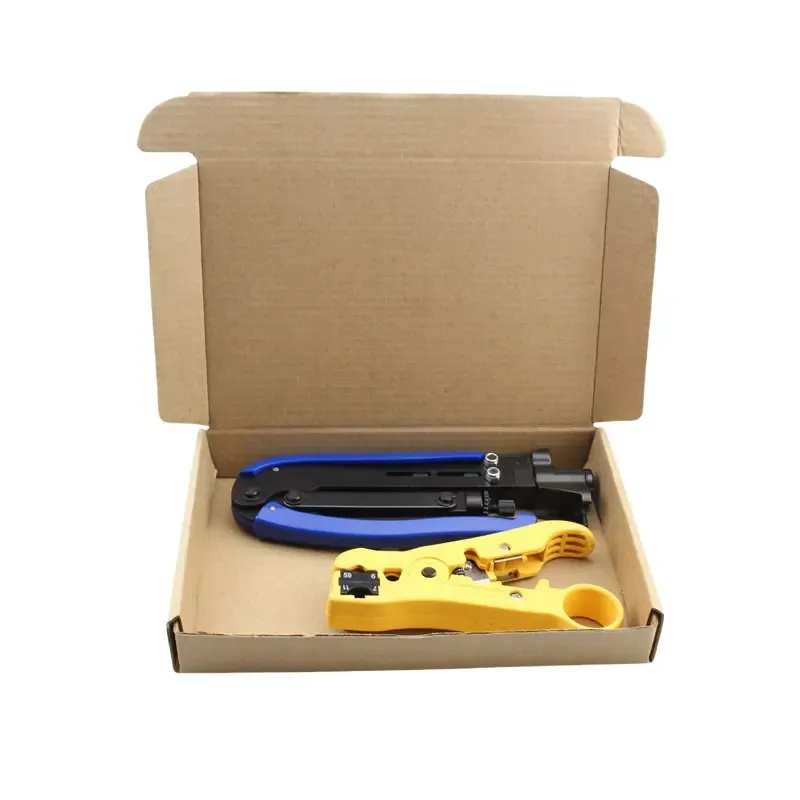
-
 Afrikaans
Afrikaans -
 Albanian
Albanian -
 Amharic
Amharic -
 Arabic
Arabic -
 Armenian
Armenian -
 Azerbaijani
Azerbaijani -
 Basque
Basque -
 Belarusian
Belarusian -
 Bengali
Bengali -
 Bosnian
Bosnian -
 Bulgarian
Bulgarian -
 Catalan
Catalan -
 Cebuano
Cebuano -
 Corsican
Corsican -
 Croatian
Croatian -
 Czech
Czech -
 Danish
Danish -
 Dutch
Dutch -
 English
English -
 Esperanto
Esperanto -
 Estonian
Estonian -
 Finnish
Finnish -
 French
French -
 Frisian
Frisian -
 Galician
Galician -
 Georgian
Georgian -
 German
German -
 Greek
Greek -
 Gujarati
Gujarati -
 Haitian Creole
Haitian Creole -
 hausa
hausa -
 hawaiian
hawaiian -
 Hebrew
Hebrew -
 Hindi
Hindi -
 Miao
Miao -
 Hungarian
Hungarian -
 Icelandic
Icelandic -
 igbo
igbo -
 Indonesian
Indonesian -
 irish
irish -
 Italian
Italian -
 Japanese
Japanese -
 Javanese
Javanese -
 Kannada
Kannada -
 kazakh
kazakh -
 Khmer
Khmer -
 Rwandese
Rwandese -
 Korean
Korean -
 Kurdish
Kurdish -
 Kyrgyz
Kyrgyz -
 Lao
Lao -
 Latin
Latin -
 Latvian
Latvian -
 Lithuanian
Lithuanian -
 Luxembourgish
Luxembourgish -
 Macedonian
Macedonian -
 Malgashi
Malgashi -
 Malay
Malay -
 Malayalam
Malayalam -
 Maltese
Maltese -
 Maori
Maori -
 Marathi
Marathi -
 Mongolian
Mongolian -
 Myanmar
Myanmar -
 Nepali
Nepali -
 Norwegian
Norwegian -
 Norwegian
Norwegian -
 Occitan
Occitan -
 Pashto
Pashto -
 Persian
Persian -
 Polish
Polish -
 Portuguese
Portuguese -
 Punjabi
Punjabi -
 Romanian
Romanian -
 Russian
Russian -
 Samoan
Samoan -
 Scottish Gaelic
Scottish Gaelic -
 Serbian
Serbian -
 Sesotho
Sesotho -
 Shona
Shona -
 Sindhi
Sindhi -
 Sinhala
Sinhala -
 Slovak
Slovak -
 Slovenian
Slovenian -
 Somali
Somali -
 Spanish
Spanish -
 Sundanese
Sundanese -
 Swahili
Swahili -
 Swedish
Swedish -
 Tagalog
Tagalog -
 Tajik
Tajik -
 Tamil
Tamil -
 Tatar
Tatar -
 Telugu
Telugu -
 Thai
Thai -
 Turkish
Turkish -
 Turkmen
Turkmen -
 Ukrainian
Ukrainian -
 Urdu
Urdu -
 Uighur
Uighur -
 Uzbek
Uzbek -
 Vietnamese
Vietnamese -
 Welsh
Welsh -
 Bantu
Bantu -
 Yiddish
Yiddish -
 Yoruba
Yoruba -
 Zulu
Zulu


TEL:
0086-311-88862036
Jan . 17, 2025 04:26 Back to list
Cable Clamp
Wire grips, often referred to as cable grips or wire rope grips, are indispensable tools in industries ranging from construction to telecommunications. Understanding the nuances of wire grips is essential for professionals who rely on these tools to ensure safety and efficiency in various applications.
A crucial aspect of using wire grips is maintenance. Even the best wire grips require regular inspection and maintenance to ensure they remain in top working condition. Professionals recommend a thorough check for any signs of wear or damage, such as cracks or deformation in the jaws. Regular lubrication of moving parts ensures smooth operation and extends the lifespan of the tool, reducing the likelihood of on-the-job failures. Authoritative voices in the field also point out the importance of training for those using wire grips. Proper training ensures operators understand the correct procedures for attaching and adjusting wire grips. This knowledge not only improves efficiency but significantly reduces the risk of accidents, reinforcing the tool’s reliability. In the realm of cable installation and maintenance, the wire grip is more than just a tool; it’s a partner in safety and efficiency. Trusted brands in this space, known for their quality and innovation, provide an additional layer of confidence. Industry veterans often insist on using wire grips from reputable manufacturers with a proven track record. This preference for brand authority underscores the critical role wire grips play in ensuring the overall success of a project. In conclusion, wire grips are an essential component in the toolkit of professionals dealing with wire and cable installations. Their role in safety, efficiency, and project success cannot be overstated. Those who have spent years in the field understand the value of selecting the right wire grip, maintaining it rigorously, and trusting in the authority of well-regarded brands. Such expertise not only ensures that the grip performs reliably but also enhances the overall credibility and trustworthiness of the operation. As technology advances, the industry's commitment to developing superior wire grips continues, promising even more innovation and reliability in the future.


A crucial aspect of using wire grips is maintenance. Even the best wire grips require regular inspection and maintenance to ensure they remain in top working condition. Professionals recommend a thorough check for any signs of wear or damage, such as cracks or deformation in the jaws. Regular lubrication of moving parts ensures smooth operation and extends the lifespan of the tool, reducing the likelihood of on-the-job failures. Authoritative voices in the field also point out the importance of training for those using wire grips. Proper training ensures operators understand the correct procedures for attaching and adjusting wire grips. This knowledge not only improves efficiency but significantly reduces the risk of accidents, reinforcing the tool’s reliability. In the realm of cable installation and maintenance, the wire grip is more than just a tool; it’s a partner in safety and efficiency. Trusted brands in this space, known for their quality and innovation, provide an additional layer of confidence. Industry veterans often insist on using wire grips from reputable manufacturers with a proven track record. This preference for brand authority underscores the critical role wire grips play in ensuring the overall success of a project. In conclusion, wire grips are an essential component in the toolkit of professionals dealing with wire and cable installations. Their role in safety, efficiency, and project success cannot be overstated. Those who have spent years in the field understand the value of selecting the right wire grip, maintaining it rigorously, and trusting in the authority of well-regarded brands. Such expertise not only ensures that the grip performs reliably but also enhances the overall credibility and trustworthiness of the operation. As technology advances, the industry's commitment to developing superior wire grips continues, promising even more innovation and reliability in the future.
Next:
Latest news
What Are Construction Tools and How Are They Used?
NewsJul.11,2025
Professional-Grade Duct Rodding Tools for Superior Cable Installation
NewsJul.11,2025
Enhancing Safety and Efficiency with Modern Hot Stick Solutions
NewsJul.11,2025
Empowering Cable Installation with Advanced Rodder Solutions
NewsJul.11,2025
Elevate Your Cable Installation Projects with Cable Pulling Tools
NewsJul.11,2025
Efficient Cable Handling Solutions: Cable Rollers for Sale
NewsJul.11,2025
Copyright © 2025 Shijiazhuang Bilo Import and Export Trading Co., Ltd. All Rights Reserved. Sitemap | Privacy Policy

BlLo lmport & Éxport is specialized in power and cable equipment andconsiruction tools,Qur main producis are FRP
duct rodder, cable rollerscable pulling winch, cable drum jack, cable pulling sock, etc.
Copyright © 2025 Shijiazhuang Bilo Import and Export Trading Co., Ltd. All Rights Reserved. Sitemap | Privacy Policy










